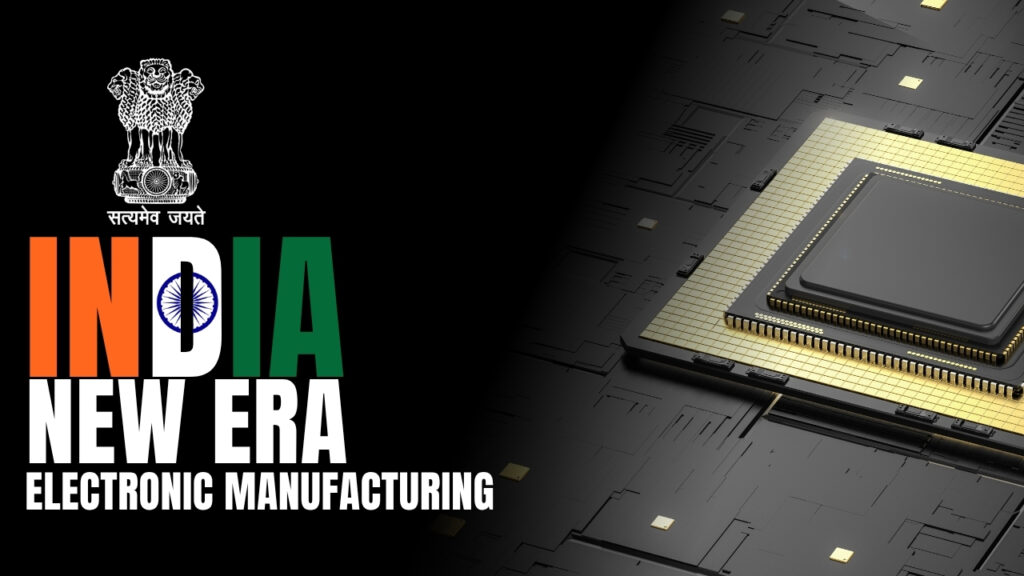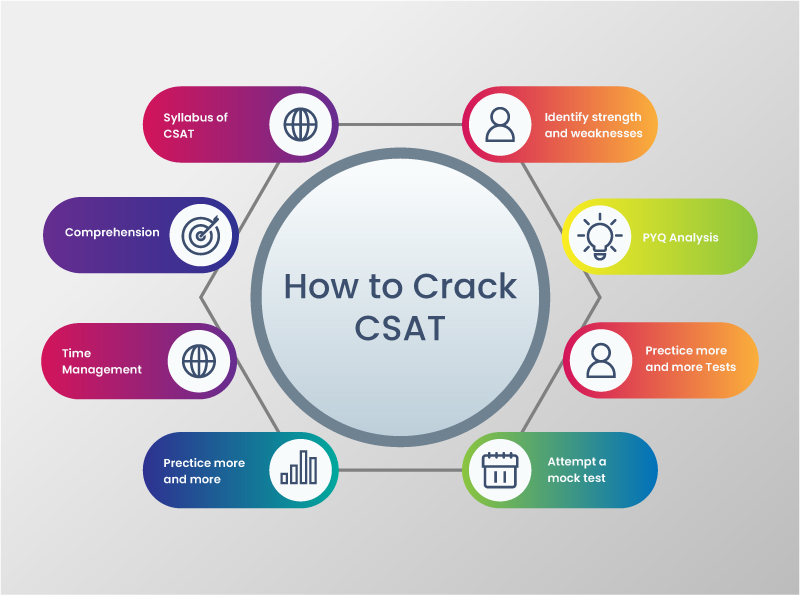🔍 Why This Matters Now
India stands at a pivotal moment in its technological evolution, where semiconductors are no longer just a technical component but a strategic national priority. From smartphones and electric vehicles to artificial intelligence and defense systems, semiconductors power our digital future.
The COVID-19 pandemic exposed serious vulnerabilities in global supply chains, highlighting India’s heavy reliance on imports, especially from China, which held 35% of the global semiconductor market in 2021. This triggered an urgent need to localize production and secure supply chains.
Today, global trends favor nations with self-reliant tech infrastructure, making domestic chip manufacturing critical—not only for economic independence but also for national security.
🏗️ Future Outlook: Beyond Just Policy
The Indian government’s ambitions are taking shape under the Semicon India Programme, backed by a substantial ₹76,000 crore investment. But this push is not just about funding—it’s about ecosystem transformation.
Key strategies include:
- PLI (Production Linked Incentive) schemes to attract manufacturers
- SEZ (Special Economic Zone) reforms to remove bottlenecks
- Alignment with India’s broader Make in India and Digital India vision
Together, these measures aim to position India as a global manufacturing hub, reduce dependency on imports, and strengthen its place in global supply chains.
🧩 Key SEZ Reforms – June 2025 Notification
Recent SEZ policy reforms are game-changing for the semiconductor and electronics industries:
🔹 1. Land Requirement Reduced
- Earlier: 50 hectares minimum
- Now: Just 10 hectares for semiconductor SEZs
This drastically lowers the entry barrier for high-value but low-footprint firms.
🔹 2. Relaxed Land Encumbrance Norms
- Now allows use of mortgaged or leased land by government agencies
- Helps resolve land acquisition delays
🔹 3. Domestic Sales Permitted
- SEZ units can now sell within India after paying customs duties
- Adds supply chain flexibility and boosts market access
🔹 4. NFE (Net Foreign Exchange) Calculation Updated
- Free-of-cost supplies can now be included in export valuations
- Crucial for R&D and prototype-heavy electronics sectors
🌏 India’s Global Manufacturing Aspiration
India’s semiconductor mission is no longer just a future goal—it is active policy backed by financial muscle and regulatory reform.
If implemented effectively, India could:
- Attract global tech giants like TSMC, Intel, and Samsung
- Reduce its electronics import bill (over $60B/year currently)
- Create lakhs of high-skilled jobs
- Drive innovation across sectors like telecom, EVs, and AI
🧠 Conclusion
India’s focus on semiconductor and electronics manufacturing is a bold and necessary move in the face of geopolitical tensions, rising digital consumption, and global chip shortages. With sustained investment, smart policy, and industry collaboration, India is poised to become a trusted hub for global semiconductor innovation.
The road ahead won’t be easy, but the groundwork has been laid—and the silicon future looks bright.




